Deck & Commander Strategies
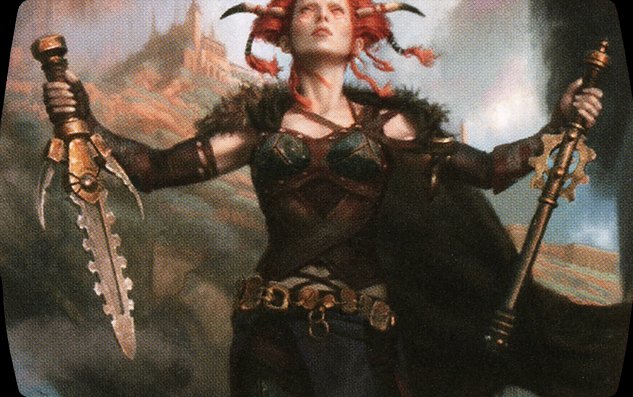

Jeska, Thrice Reborn & Yoshimaru, Ever Faithful
Aggressive damage output through doubling and tripling commander damage with equipment and triggers, supported by fast mana and protection effects to maintain pressure and control board state.
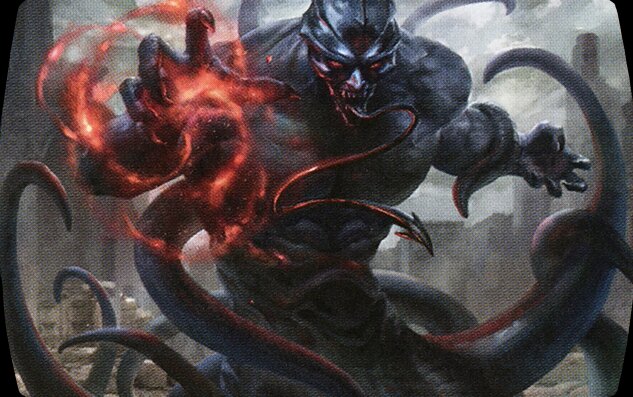
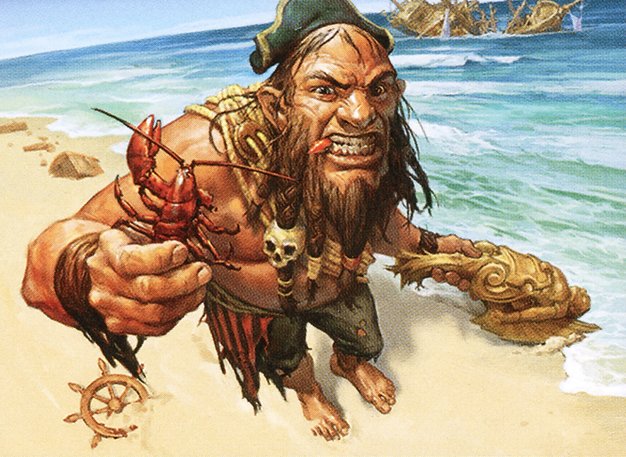
Tevesh Szat, Doom of Fools & Dargo, the Shipwrecker
Artifact ramp and sacrifice synergies to generate mana and card advantage, using Thrull tokens and Goblin Welder combos to repeatedly cast Dargo and disrupt opponents’ boards.

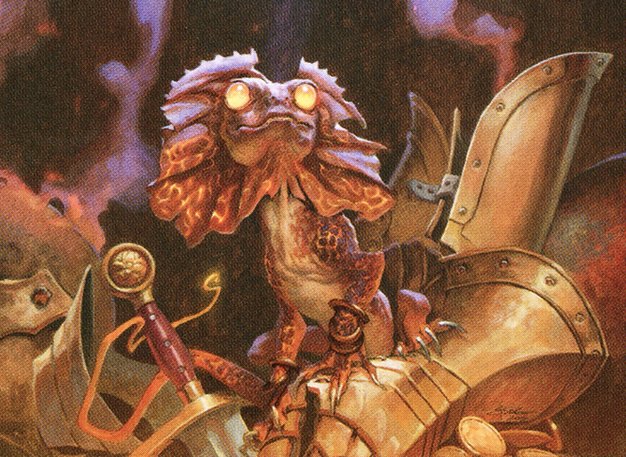
Malcolm, Keen-Eyed Navigator & Kediss, Emberclaw Familiar
Card draw and treasure generation through damage triggers on creatures, leveraging Curiosity effects and incremental advantage to outpace opponents and control combat phases.
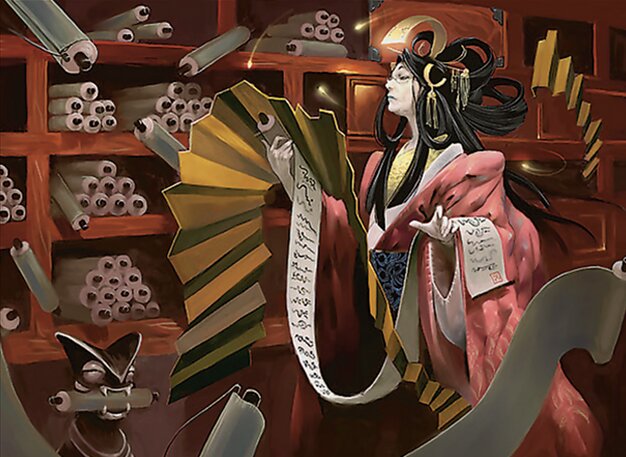
Azami, Lady of Scrolls
Control and disruption via counterspells and wizard synergy, using tutors to find key spells and maintain board presence while preventing opponents’ crucial plays.
Gameplay Insights
- 1
Jeska’s zero ability was used repeatedly to triple Yoshimaru’s damage output, enabling lethal commander damage early in the game.
- 2
Diogo’s use of The Golden Throne combined with Tevesh’s uptick to sacrifice and draw multiple cards facilitated repeated casting of Dargo, maintaining pressure despite mana constraints.
- 3
David’s Malcolm and Kediss synergy with Curiosity allowed for explosive card draw and treasure generation, giving him sustained advantage and enabling key interactions like a defensive Cyclonic Rift.
- 4
Baal’s early counterspells and careful use of Spellstutter Sprite slowed down Jeska & Yoshimaru’s aggression but were ultimately insufficient to stop the combined treasure and damage engines of Malcolm & Kediss.
- 5
The interactions between damage triggers and treasure tokens created a feedback loop that was pivotal to David’s win, exemplifying the power of incremental resource generation in cEDH.
- 6
The use of Gemstone Caverns in the second game to exile key cards before the game started showed the importance of opening hand optimization and mana fixing in high-level play.
Notable Cards
-

Jeweled Lotus
-
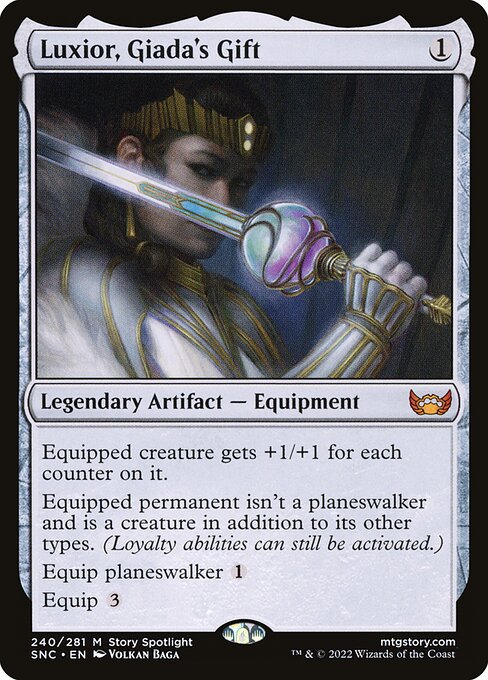
Luxior, Giada's Gift
-
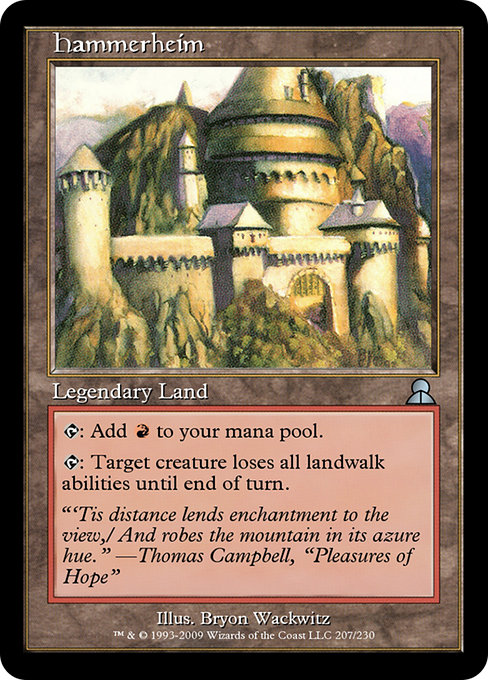
Hammerheim
-
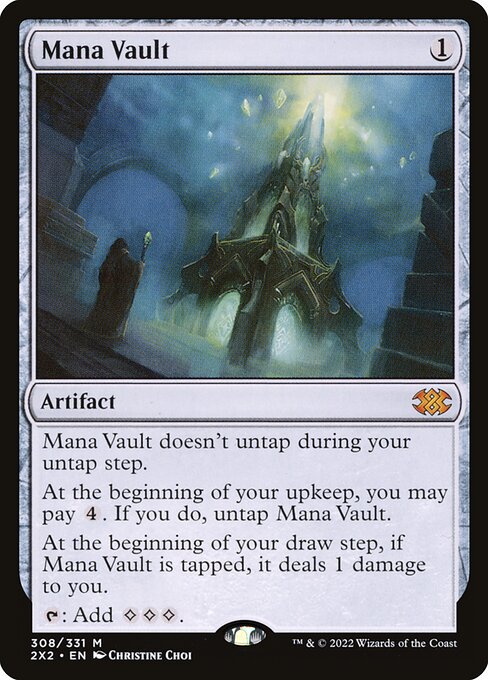
Mana Vault
-
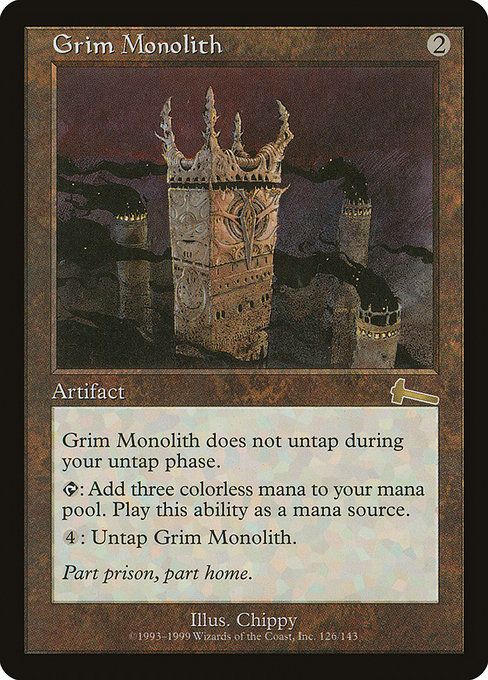
Grim Monolith
-
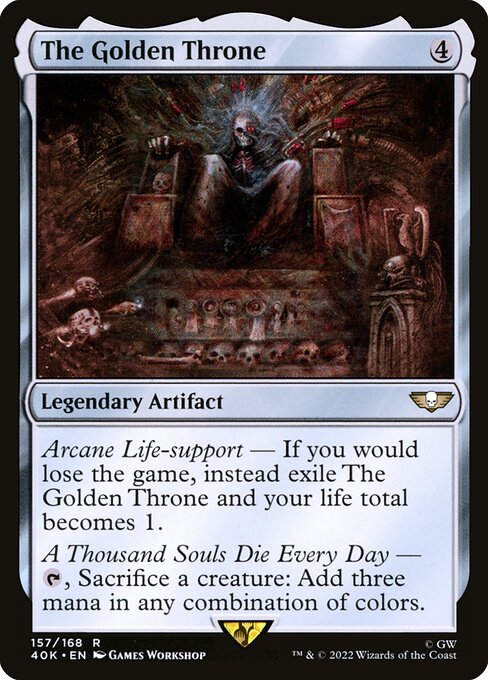
The Golden Throne
-
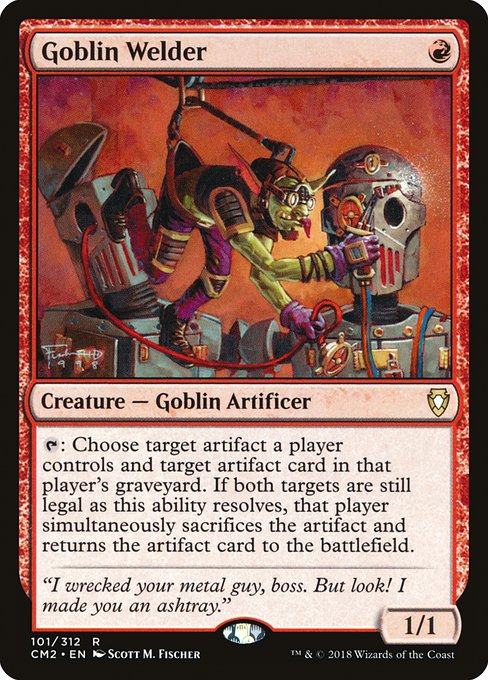
Goblin Welder
-
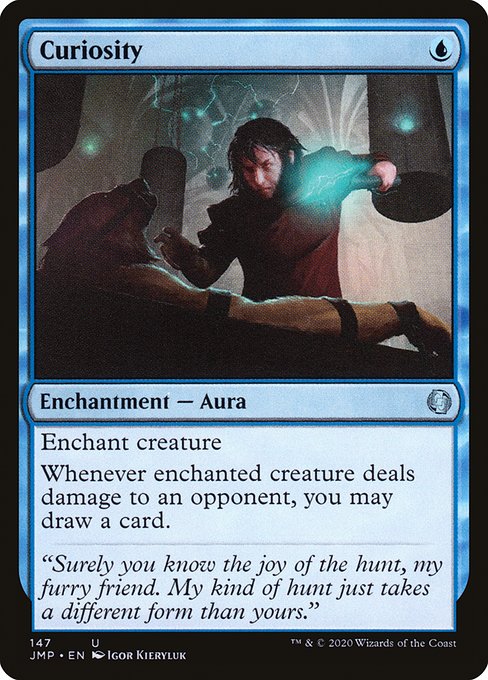
Curiosity
-
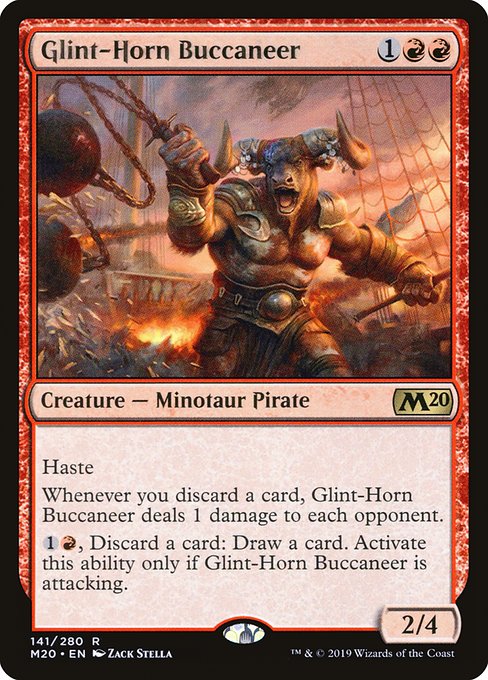
Glint-Horn Buccaneer
-
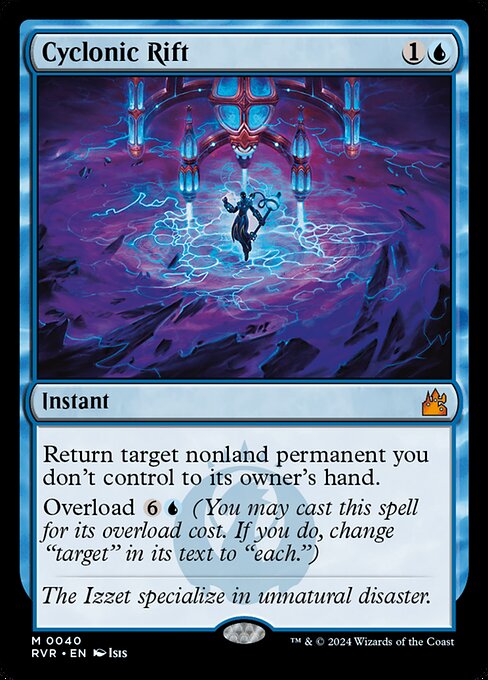
Cyclonic Rift
-

Force of Negation
-

Force of Will
-
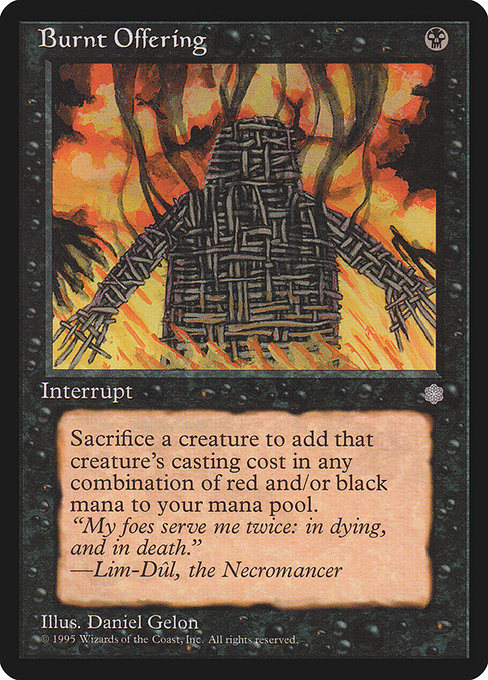
Burnt Offering
-
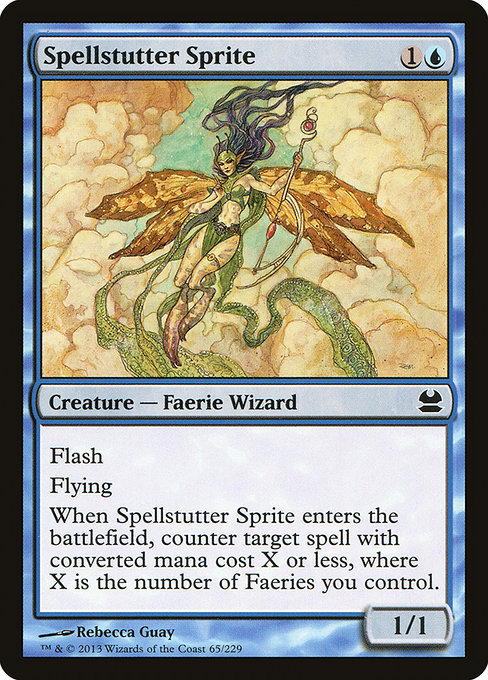
Spellstutter Sprite
-

Dauthi Voidwalker
Gameplay Summary
The game started with explosive early plays, especially from Jeska & Yoshimaru, who managed to cast both commanders on turn one with the help of Jeweled Lotus and Luxior.
Jeska's ability to triple damage output and Yoshimaru's consistent counters quickly established a threatening board state.
Diogo’s Tevesh Szat and Dargo deck ramped into powerful artifacts like Mana Vault and Grim Monolith, utilizing sacrifice effects and Goblin Welder to generate value and maintain board presence.
Meanwhile, David’s Malcolm & Kediss deck leveraged card draw engines like Curiosity and Kediss’s damage triggers to build treasure tokens and card advantage, setting up threatening combat phases with Glint-Horn Buccaneer and other creatures.
The early aggression led to Baal’s Azami deck being the first casualty, unable to stabilize against the relentless pressure and combo potential on the table. As the game progressed, Jeska & Yoshimaru’s player kept up pressure with multiple combat phases, forcing David to use Cyclonic Rift defensively.
Diogo attempted to disrupt David’s key pieces with targeted removal, but David’s deck maintained resilience with counterspells like Force of Negation and Force of Will.
Ultimately, David’s polished value engine with Malcolm, Kediss, and Glint-Horn Buccaneer overwhelmed opponents through incremental damage, treasure generation, and card draw, leading to Diogo’s elimination and Hélder’s eventual concession when he failed to find a key land to stabilize.
The game demonstrated a high level of board interaction, careful resource management, and timing of combat and spells to secure victory. In the second game, early mulligans and strategic use of Gemstone Caverns shaped the opening plays.
Diogo’s Dargo deck again focused on sacrificing artifacts and creatures to generate treasures and ramp into powerful spells quickly.
Jeska & Yoshimaru continued to rely on early aggression and synergy with Hammerheim to trigger counters and boost damage.
Baal’s Azami deck aimed to control the board with counterspells and tutors, while David’s Malcolm & Kediss deck sought to maintain steady card advantage and pressure.
The opening turns highlighted the importance of interaction and tempo, with Baal successfully countering key threats and Diogo leveraging Impulsive Pilferer and Burnt Offering to fuel his combo potential.
The game showcased dynamic playstyles ranging from aggressive damage and combo to control and value generation.





































![Dargo & Tevesh vs. Malcolm & Kraum [Duel Commander-EDH] - Magic: The Gathering thumbnail](https://i.ytimg.com/vi/R70hWv7E9Rk/sddefault.jpg)













